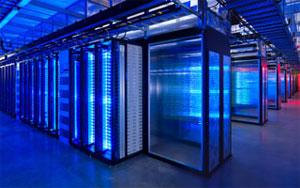[youtube http://www.youtube.com/watch?v=W3UU4yGMiOk&wmode=window&h=315]
One of the most sought-after experiences at VMworld 2012 was to spend time in the user labs and get some hands on experience with VMware's latest and greatest. We got a rundown of the entire environment with Adam Zimman, Senior Director of Integration Engineering at VMware R&D. The promise of the labs is to let users get access in a full-blown encapsulated environment. More than just seeing the new technology, they get to try out different business scenarios. For example, say you want to see how VMware’s Site Recovery Manager (SRM) works in a real world environment. Normally this would require you to set up at least two locations physically separated in the real world. A lot of customers don’t have the luxury to do that. For an individual user who wants to know what it looks like and how to recover from a disaster, the labs are a great place to get a real feel. In such a scenario, users get an encapsulated environment of upwards of 15 different virtual machines in two disparate locations and on two completely different networks. To use SRM, you need a failure. So the scenario causes a disaster in the virtual data centers. The user then uses SRM to bring the other secondary data center online as the primary. Work Like You Normally Would Every year VMware designs the labs as it tries to add new twists. While the company has hundreds of workstations available, this year it also offered a bring your own device solution that lets users use the lab from their computer or tablet device. In addition it created mock scenarios for places where people often like to work, such as a living rooms, gaming chairs, airports, offices and coffee shops. Yet with all those options, the most popular scenario was the cubicle. In total there were 600 available seats in the lab, which included a combination of workstations and BYOD stations. And the people using the labs put it all to the test, creating and destroying 8,000 virtual machines every hour.

